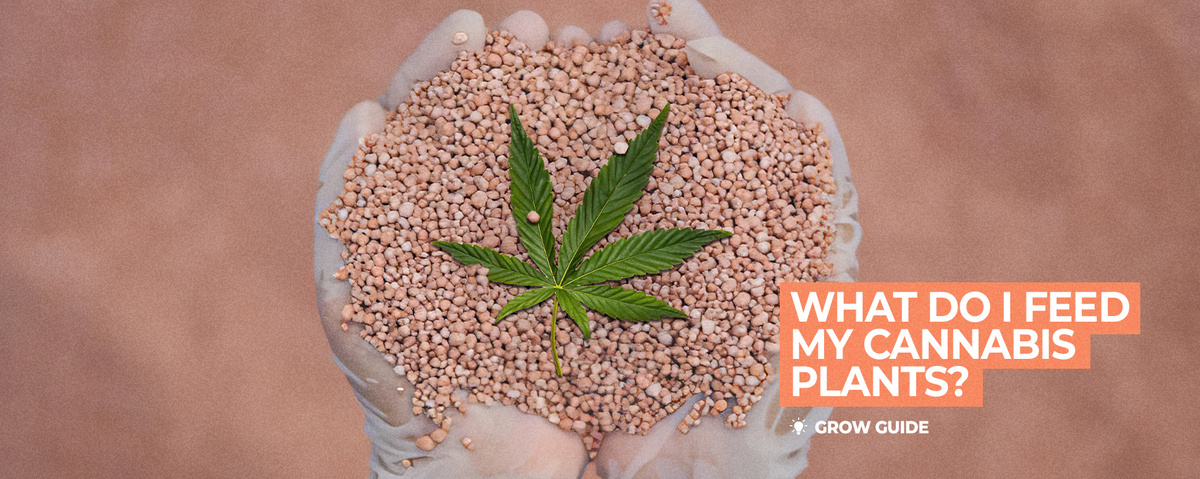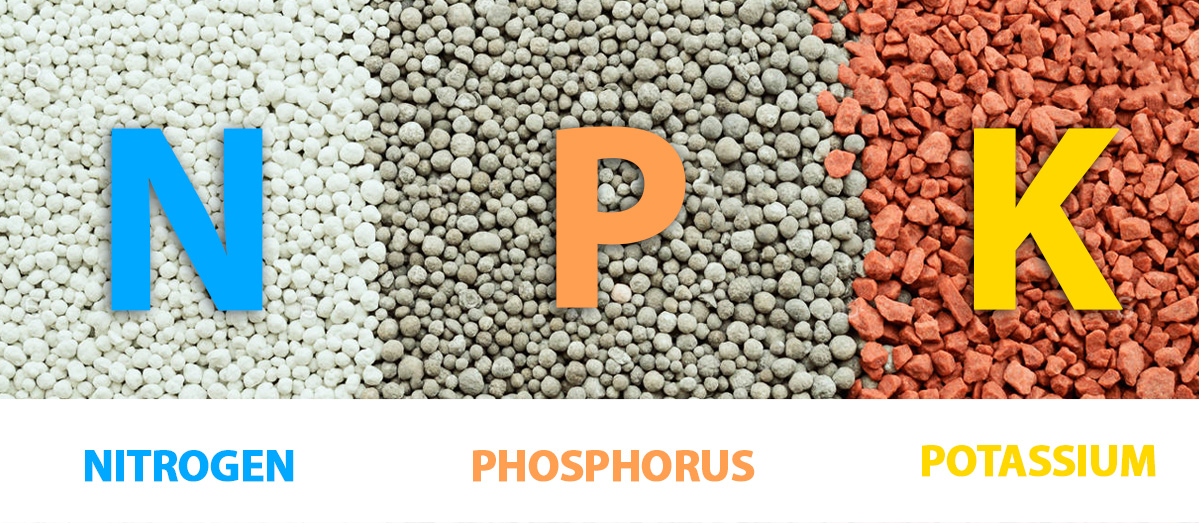How Often to Feed Marijuana Plant in Flower

When growing Cannabis it is very important to know what your plants need, at each stage of their life cycle. Having an understanding of which nutrients do what can give you a huge advantage when it comes to growing top-shelf flowers full of flavor. Below we explain how plants use nutrients when they depend on certain ones at different times and what you should consider when feeding your Cannabis plants.
Primary Nutrients

These will represent the 3 main nutrients that you will see on all nutrients bottles. The N-P-K value will display the amount of Nitrogen, Phosphorus, and Potassium present in the organic or hydroponic medium. For instance, you may have noticed on your organic feed the numbers 5-1-4. This will inform you there are 5 parts Nitrogen, 1 part Phosphorus, and 4 parts Potassium.
- Nitrogen - Used to develop foliage, leaves, stems, and branches. Nitrogen is also responsible for the production of chlorophyll, which is used in the process of photosynthesis to convert energy, amino acids, and enzymes. The use of Nitrogen should be reduced once flowering has commenced.
- Phosphorus - Alongside Nitrogen, Phosphorus will aid in healthy root development and allow the plant to grow thick branches that will support the weight of the flowers to come. Phosphorus is one of the main requirements when flowering Cannabis plants.
- Potassium - Helping to convert Carbon Dioxide, stimulating foliar growth and an essential nutrient with Potassium when Cannabis plants are flowering. Potassium will strengthen stems and give the plants a healthy, strong growth structure during the vegetative stage.

Trace Elements Explained
On the back of the nutrient bottle, you will also find the analysis of trace elements next to the primary nutrients. As the name suggests, these smaller nutrients are required by Cannabis plants in much smaller ratios. The right ratio of trace elements is extremely important and can be the difference between an imbalance and deficiency or lush healthy growth.
Magnesium - Responsible for the function and production of plant enzymes, auxins, and stem growth. Works in conjunction with Manganese and Magnesium.
Calcium - Aids in the transportation of Nitrogen and sugars.
Sulfur - used to produce growth hormones and vitamins, and seen as an essential building block.
Zinc - Necessary alongside other trace elements for enzyme and chlorophyll production.Manganese - Dependent for the function of photosynthesis, and the production of enzymes.
Iron - A catalyst for chlorophyll production, also an element readily available to be absorbed by the roots.
Boron - Helps with Calcium uptakes as well as many other functions. It is an essential trace element that should be present during the entire life cycle of the plant.
Chlorine - Chlorine in the form of Chloride aids in photosynthesis, root production and functioning of the stomata.
Cobalt - A trace element that is required by the plants, however, many nutrient brands do add a great amount.
Copper - Acts as a fungicide and also benefits the root zone with enzyme production.
Molybdenum - A major player in the enzyme production and function of plants.
Nickel - Helps to break down Nitrogen and nitrates acting as an enzyme.
Hard Foods
When it comes to growing Cannabis using strictly organic substrates, most beginner growers will choose to feed only water. This is seen as true organics and will allow primary and trace elements to be utilized when required.
Complete Living soils will be available to buy from local grow shops and have been specifically manufactured for Cannabis plants in mind. Oftentimes there will be a liquid feed to use with the living soil, however, using only pH stable water is really required.
Compost that was made from organic waste will slowly breakdown over the duration of the Cannabis plant's life cycle. Compost is also rich in Magnesium and teaming with beneficial bacteria and fungi that work together to break down the organic matter and convert it back to the root zone.
Worm castings are taken fresh from a worm bin are very beneficial for stimulating microbial life. Well balanced in N-P-K as well as trace elements, using worm castings is a safe and hassle-free way to grow happy and vibrant plants.
Diatomaceous earth is a compressed stone that is high in Silica and will leach nutrients back to the soil. Also, an excellent way to prevent bugs infesting your soil as well as improve drainage and air capacity around the roots.
Liquid Foods
If you have decided to invest in liquid nutrients and are guided by a feed chart, then you will notice each of the various nutrients are designed for different stages of the plant's life cycle ranging from a rooting booster, vegetative feed, flowering feed, and some type of bloom enhancer or ripening product.
Liquid feeds created for soil application will often be molasses made from sugar. Other times they will be humic acids, worm, or bat guano extracts. When using liquid feeds, it is important to follow the nutrient chart and be sure to flush the plants correctly.
What Is Flushing?

This means the time frame where the plants are flushed out of any undissolved salts that have built up in the growing medium. Additionally by feeding only plain pH adjusted water, the plants will naturally use up their internal reserve allowing them to give a final push prior to harvest.
A grower should allow the final 14 days for the plants to be fully flushed. There are many benefits to flushing Cannabis and they are:
- Dramatically improves the flavor of the flowers once dried and ready to smoke
- The ash will become a light, fluffy, and soft grey quality when smoking.
- The plants will have the opportunity to have used up all reserve nutrients.
- No need to use nutrients during the final 14 days of the flowering period.
Conclusion
Feeding Cannabis plants is a simple and straightforward process, especially when following a simple organic recipe using only water, or guided by a nutrient-feeding chart. Having the ability to diagnose when a plant is deficient of nutrients and acting fast will be a key player in how successful your crops are.
Source: https://growdiaries.com/journal/what-do-i-feed-my-cannabis-plants
0 Response to "How Often to Feed Marijuana Plant in Flower"
Post a Comment